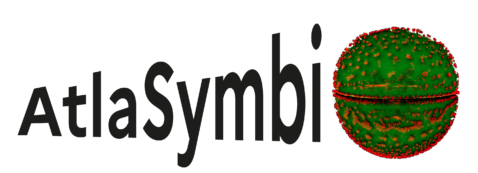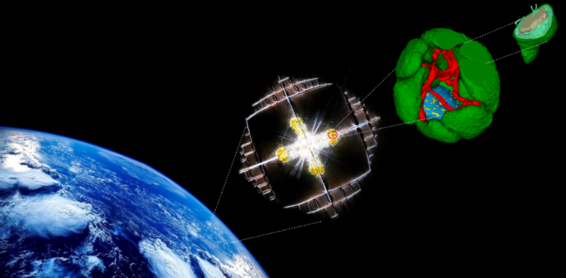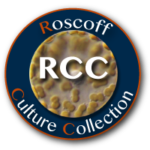

OBJECTIVES of the AtlaSymbio project
Context

AtlaSymbio will provide unprecedented open-source sample collections and datasets for the research community, which will open exciting new avenues for the study of mechanisms of cell-cell interactions in the environment.
Proposed work
Symbiotic microalgae and recent endosymbioses in culture
Microalgal species known to be symbionts (strains isolated from holobionts) and cultured holobionts (endosymbiosis/kleptoplastidy) will be prepared for 3D electron microscopy. Many symbiotic strains are available in the Roscoff Culture Collection (www.roscoff-culture-collection.org). Additional strains will be obtained from other culture collections or labs involved in the Symbiosis in Aquatic Systems Initiative.
Uncultivable marine and freshwater planktonic symbioses
The Mobile Laboratory of the TREC expedition equipped with high-pressure freezing instruments will offer a unique opportunity to prepare samples for cutting-edge subcellular microscopy from uncultivable planktonic symbioses. Sampling will be conducted at 9 sites along the European coast between Spring 2023 and Summer 2024.
Potential uncultivable symbioses targeted for AtlaSymbio involving photosymbiosis and kleptoplastidy: Radiolarians, pelagic and benthic Foraminiferans, ciliate-diatom symbioses, dinoflagellates with cyanobacteria and/or microalgae (tertiary endosymbioses), larvae of the jellyfish Vellela vellela, freshwater ciliates (Paramecium and Stentor), symbiotic Acoels, and uncultured protist models of the Symbiosis in Aquatic Systems Initiative.

Last news
Information of PIs
* Johan Decelle is CNRS team leader based at LPCV – Cell and Plant Physiology – laboratory (CNRS Grenoble France), working on photosymbiosis. He has developed an expertise in subcellular imaging (nanoSIMS, FIB-SEM) and single-cell transcriptomics applied to uncultivable cell-cell interactions.
* Ian Probert is a Sorbonne University research engineer based at the Roscoff marine station (Brittany, France) where he is the director of the Marine Biological Resource Centre. He manages the Roscoff Culture Collection (www.roscoff-culture-collection.org) which is the largest and most diverse public culture collection of marine organisms in the world, offering access to ca. 6000 strains of marine microalgae, cyanobacteria, bacteria, viruses and macroalgae. The research focus of the RCC team is on taxonomic description of marine microorganisms. Ian Probert isolated and cultured many microalgal strains in the past from planktonic and benthic symbioses.
* Yannick Schwab is a team leader in the Cell Biology and Biophysics at the European Molecular Biology Laboratory (EMBL) in Heidelberg, Germany. The Schwab team is specialized in developing methods for the correlation of multiple imaging modalities with volume Electron Microscopy, with a wide range of applications in the Life Sciences. Yannick Schwab is also heading the Electron Microscopy Core Facility at EMBL, that is providing access to advanced methods in cellular EM, gathering a large spectrum of techniques from sample preparation to image analysis.
Collaborative partners:
Pierre-Henri Jouneau: IRIG CEA Grenoble)
Guy Schoehn and Benoit Gallet: Structural Biology Institute, CNRS CEA Grenoble (MEM electron microscopy platform and cryoimaging).




